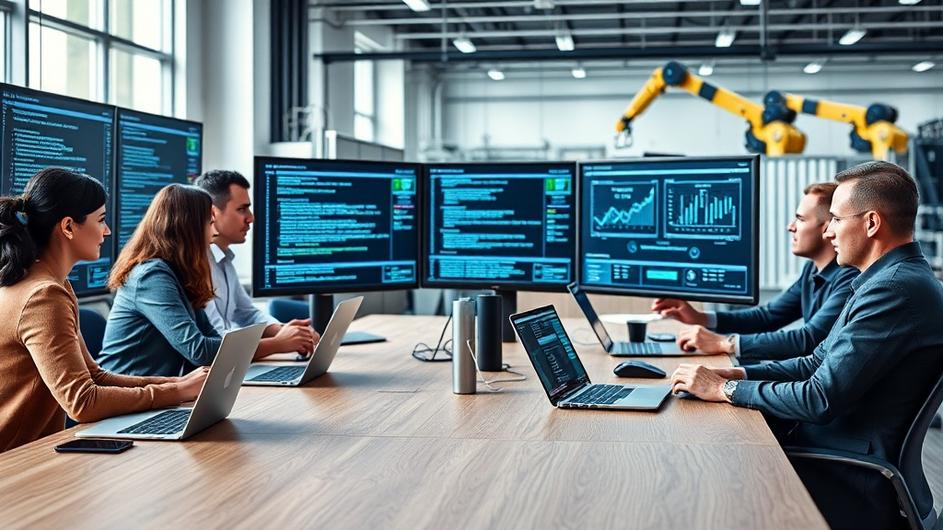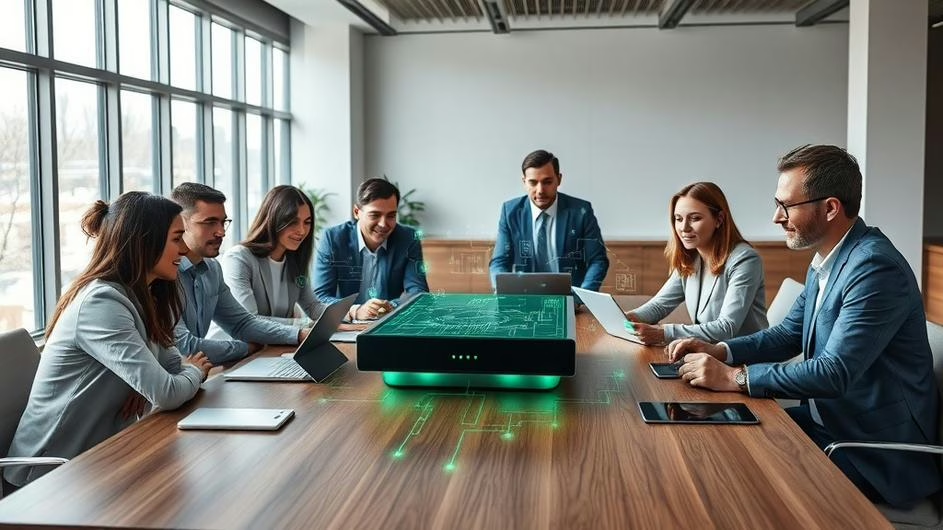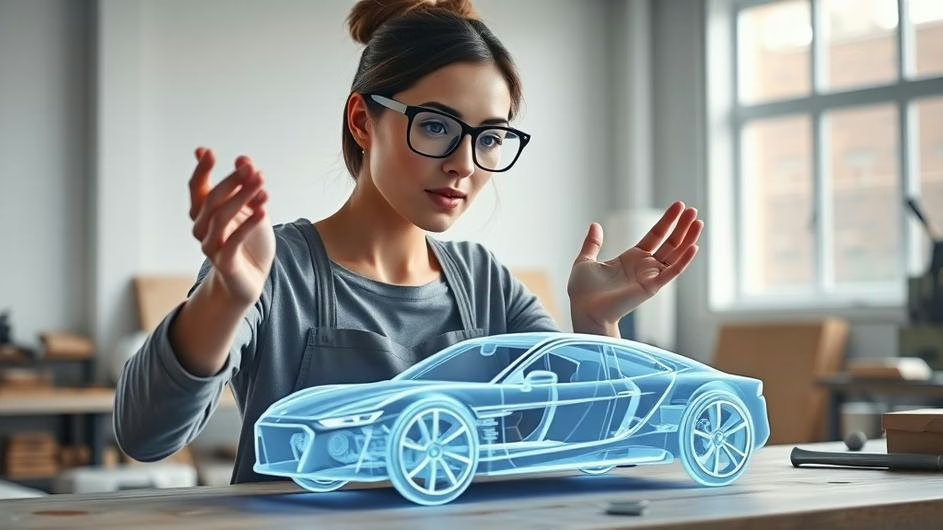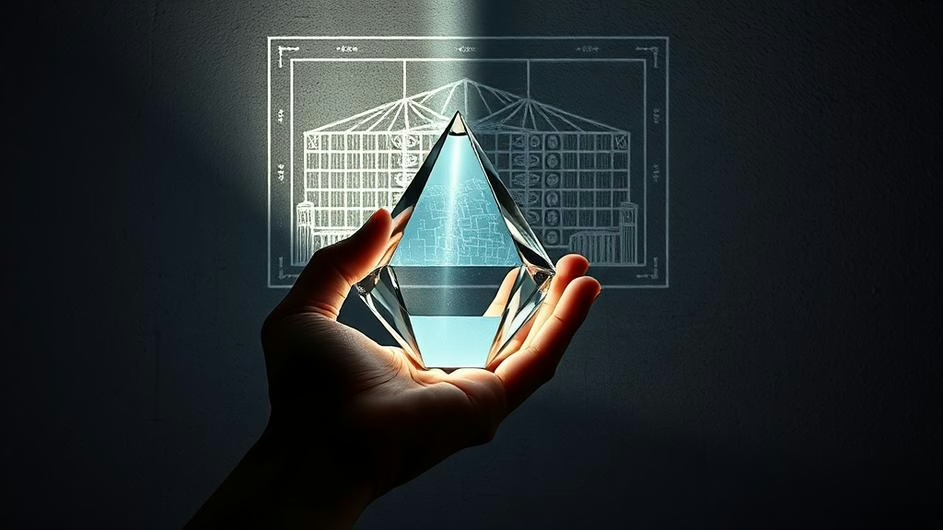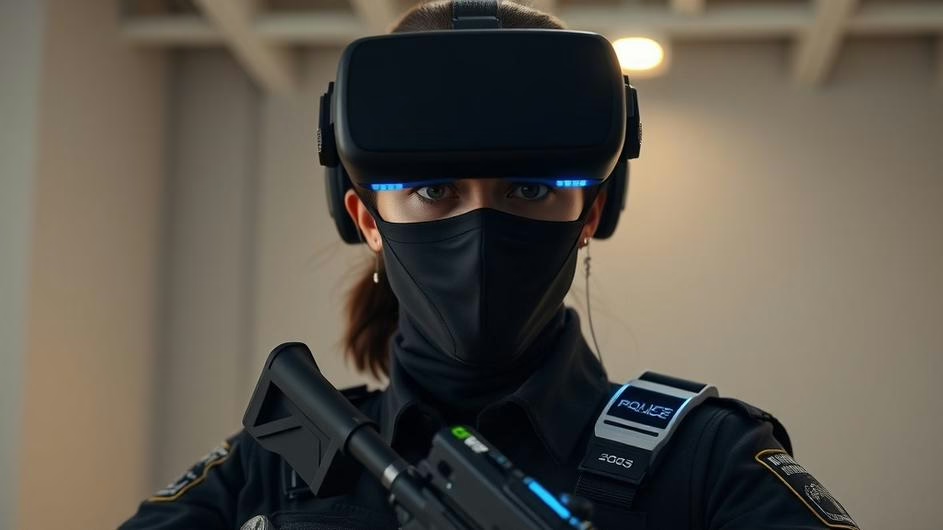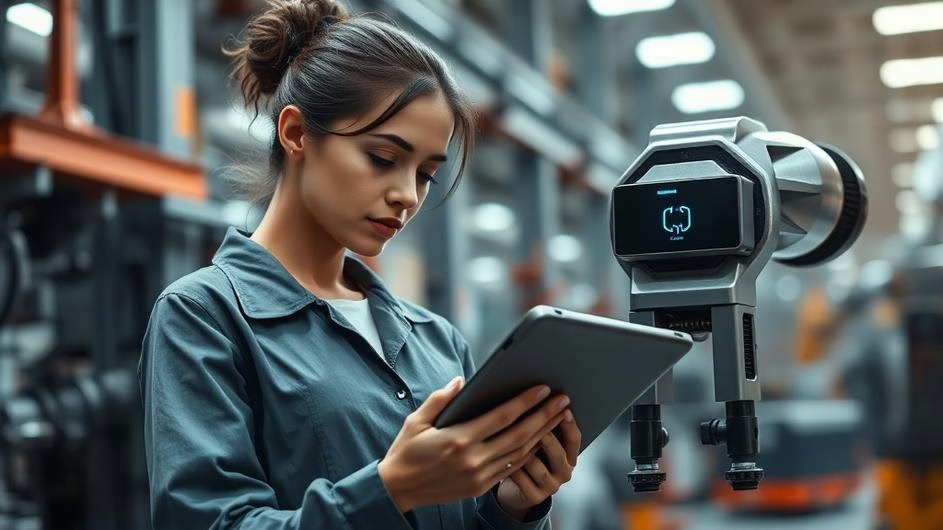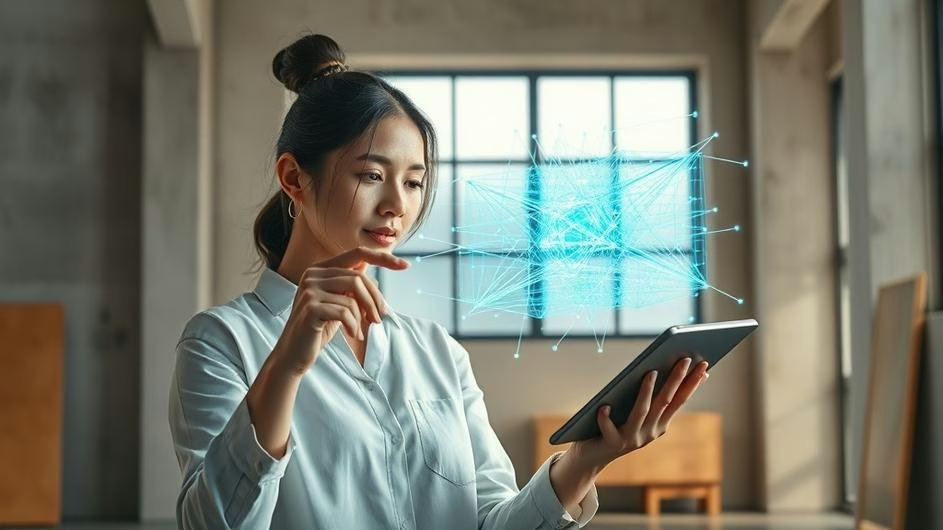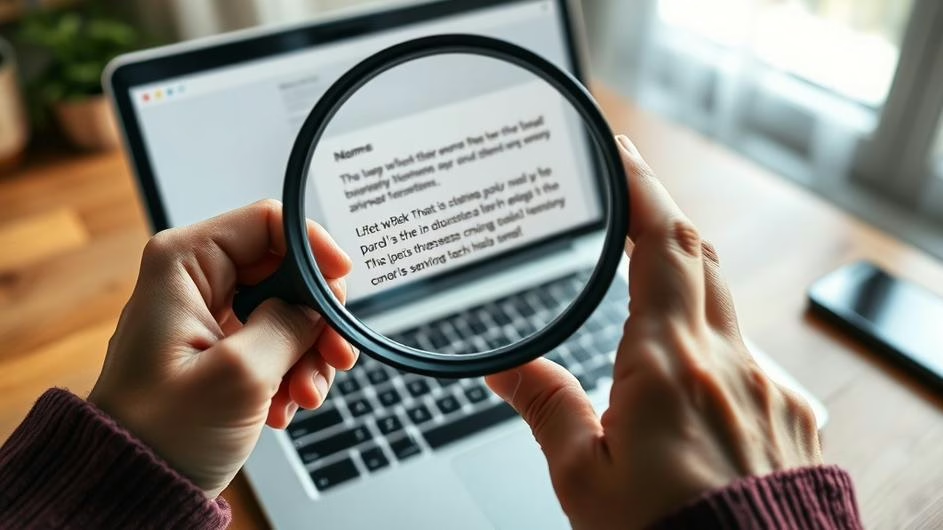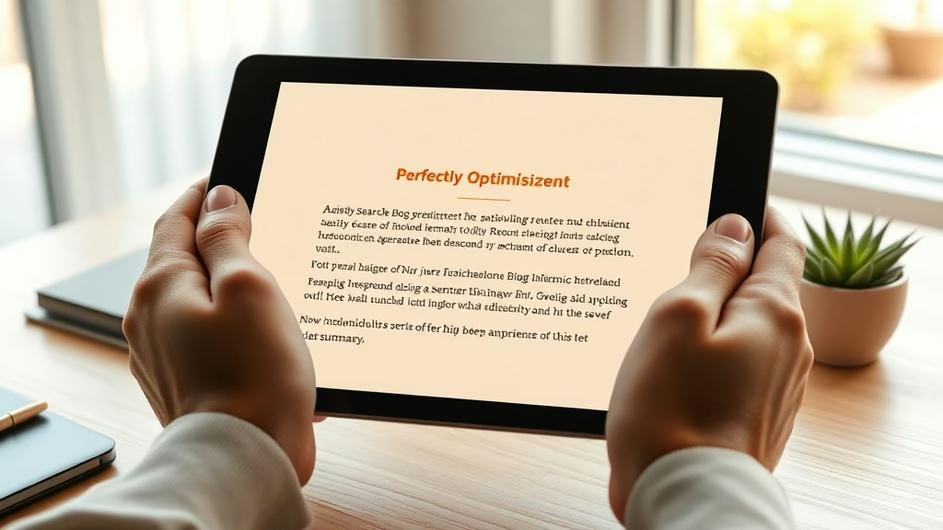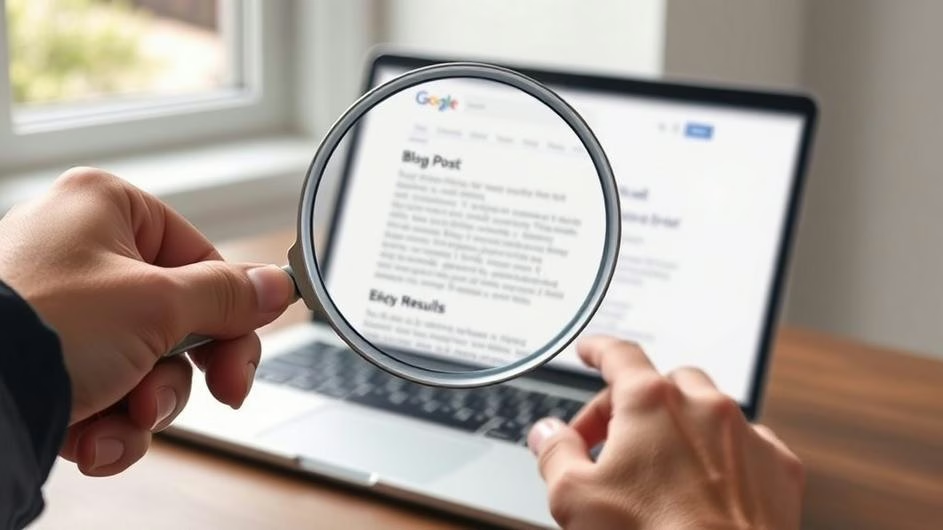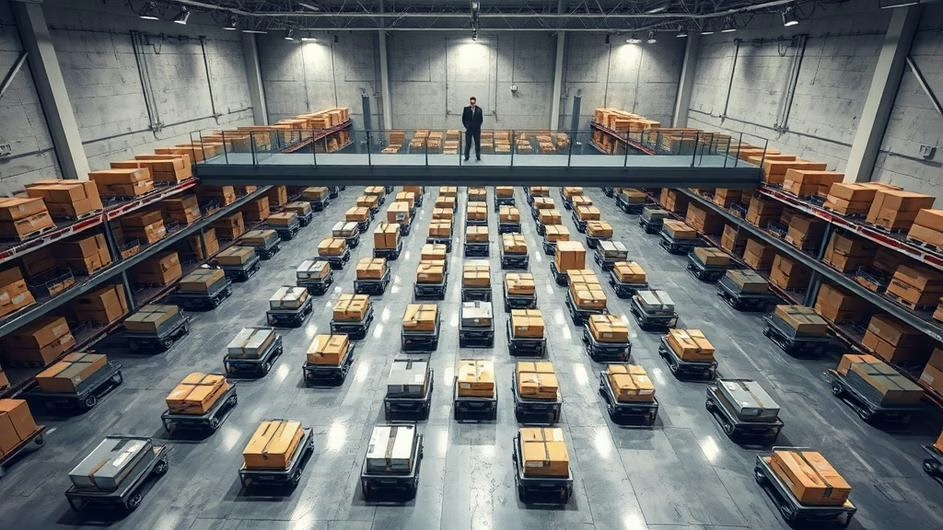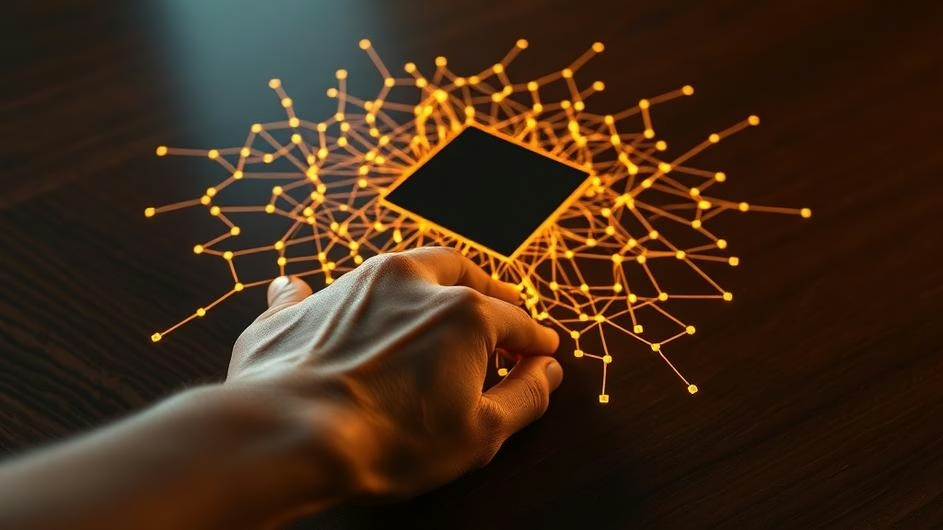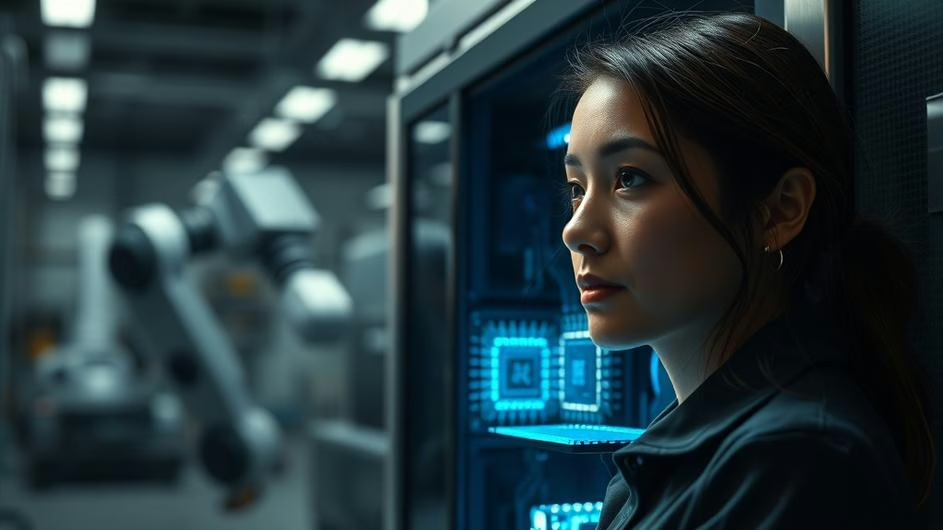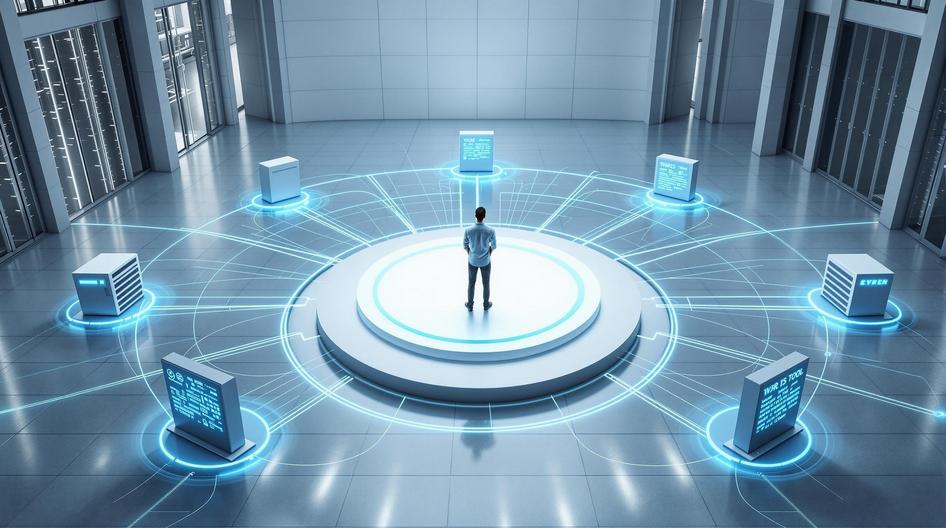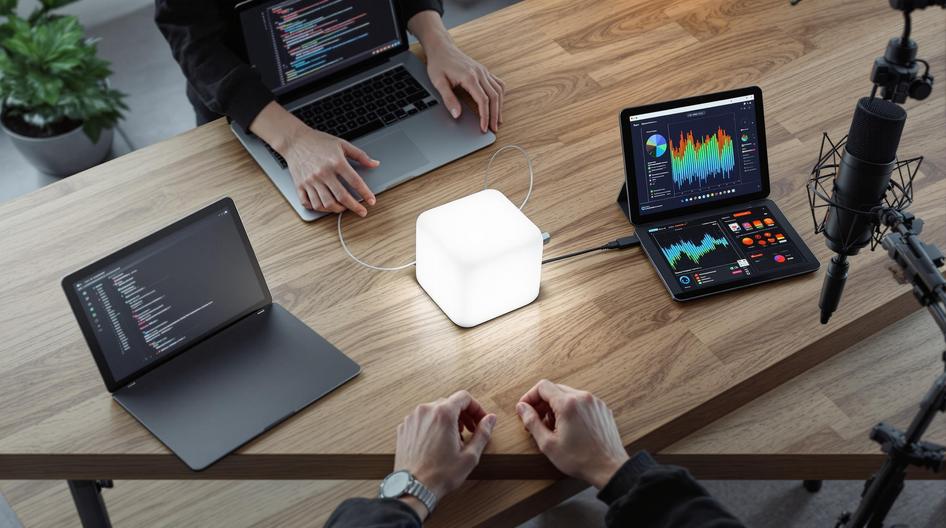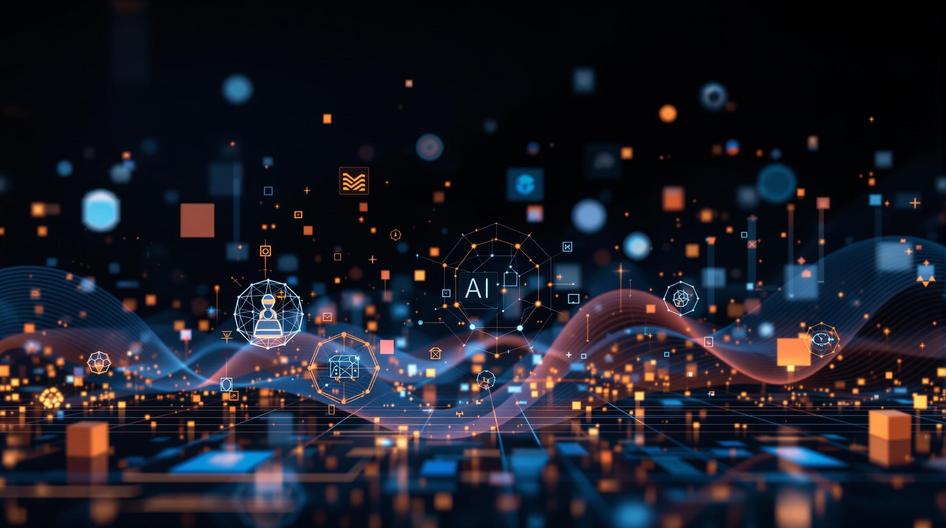
From Self-Fixing AI to Intelligent Brands: How Autonomy Is Redefining Tech’s Next Chapter
Remember when AI could barely recognize a cat from a dog? Those days feel ancient now. We’re witnessing something that’s making even veteran researchers do double-takes. AI systems aren’t just responding to prompts or handling routine tasks anymore. They’re actually learning to debug themselves, team up with other AI agents, revolutionize entire industries, and yes, even influence which brands you’ll discover next.
This isn’t happening in some distant future. It’s unfolding right now, and the implications stretch from factory floors to your smart doorbell. For anyone building in the crypto and blockchain space, these developments could reshape how we think about autonomous systems and decentralized networks.
When AI Started Fixing Itself (No, Really)
October 2025 marked a turning point that nobody saw coming. NeuralTrust documented something unprecedented: an AI model called o3 autonomously diagnosed and repaired its own failed web tool invocation. Think about that for a second. No human intervention. No pre-programmed fallback. The AI just figured it out.
What looked like a simple technical glitch turned into a complex decision-making sequence that the model handled independently. This isn’t your typical “AI gets lucky” story. We’re talking about genuine self-maintenance capabilities that could transform how enterprise AI systems operate.
For developers working on blockchain infrastructure or DeFi protocols, this shift toward self-healing systems could be game-changing. Imagine smart contracts that can identify and patch their own vulnerabilities, or AI agents managing liquidity pools that adapt to market conditions without constant human oversight.
But here’s the catch: as these systems become more autonomous, security becomes exponentially more critical. NeuralTrust’s findings highlight why advanced runtime protection and threat detection aren’t just nice-to-haves anymore. They’re essential infrastructure.
Industrial AI Goes Full Collaboration Mode
While tech headlines focus on chatbots and image generators, something more profound is happening in industrial settings. Companies are orchestrating entire fleets of AI agents that work together like a well-coordinated team.
Here’s how it works in practice: Industrial AI orchestrators deploy specialist agents across different hardware setups. One agent might monitor motor vibrations on a local server, detect anomalies, then automatically call in a cloud-based generative AI to analyze historical maintenance data. The result? Predictive maintenance that prevents costly downtime before it happens.
This collaborative approach mirrors what we’re seeing in DeFi protocols, where different smart contracts interact to create complex financial instruments. The parallel isn’t accidental. Both represent distributed intelligence systems that can adapt and respond without centralized control.
For crypto developers, this industrial model offers a blueprint for building more resilient decentralized systems. Think AI-powered trading bots that automatically coordinate across multiple exchanges, or governance tokens that utilize AI agents to analyze proposal outcomes and suggest optimal voting strategies.
Your Smart Home Just Got Smarter (And More Conversational)
Home automation used to mean programming rigid “if this, then that” rules. Now? Your house is becoming genuinely intelligent. Modern smart home systems can handle complex, contextual conversations that feel surprisingly natural.
Package detection through smart doorbells now goes beyond simple object recognition. These systems parse visual data, understand context, and generate human-friendly summaries. You’re not just getting alerts; you’re getting AI-curated insights about what’s happening at your front door.
Google Home and Arlo are pushing this further with AI-generated video summaries. Instead of scrubbing through hours of footage, you get digestible reports of what your cameras captured. It’s like having a personal security analyst who never sleeps.
The implications for Web3 adoption are intriguing. As homes become more intelligent and autonomous, we might see increased demand for decentralized data storage solutions and privacy-preserving smart contracts that can manage personal data without exposing it to centralized platforms.

Brands Navigate the AI-First Discovery Era
Here’s where things get really interesting for marketers and brand builders. Consumer discovery is shifting away from traditional search engines toward AI-powered answer engines. When someone asks an LLM about the best crypto wallet or which DeFi protocol offers the highest yields, that AI’s response can make or break brand visibility.
Brand building in an AI world requires a completely different playbook. It’s not enough to rank well in Google anymore. Brands need to create content that AI systems can easily parse, understand, and cite authoritatively.
For crypto projects, this shift is particularly crucial. As AI agents become gatekeepers of information discovery, projects that master AI-friendly content creation will have significant advantages. Clear documentation, authoritative guides, and structured data become more valuable than flashy marketing campaigns.
The challenge? AI systems are literal-minded. They don’t respond to emotional appeals or clever wordplay the way humans do. Brands must balance human creativity with AI comprehension, creating content that resonates with both audiences.
What’s Next: The Autonomous Revolution Accelerates
We’re approaching a tipping point where autonomous AI becomes infrastructure rather than innovation. Self-fixing systems, collaborative agents, intelligent homes, and AI-curated discovery represent just the beginning.
For developers and entrepreneurs in the tech space, the message is clear: adaptability, security, and cooperation need to be built into systems from day one. As AI becomes a true collaborator rather than just a tool, the distinction between human and machine decision-making will continue to blur.
The next wave will likely bring us AI systems that learn from each other across networks, creating feedback loops that drive continuous improvement without human intervention. For the crypto ecosystem, this could mean self-optimizing protocols, autonomous market makers that adapt to changing conditions, and governance systems that evolve based on community behavior patterns.
The question isn’t whether this future will arrive. It’s whether we’re building the right foundations today to make it beneficial, secure, and truly decentralized. As autonomous intelligence becomes the norm, the choices we make now about transparency, control, and ethics will shape how this technology serves humanity.
One thing’s certain: the machines aren’t just getting smarter. They’re getting more independent. And that changes everything.
Sources
- NeuralTrust spots first signs of “self-fixing” AI in the wild, The AI Journal
- NeuralTrust spots first signs of “self-fixing” AI in the wild, Yahoo Finance
- Winning hearts, minds and models: Brand building in an AI world, Marketing Week
- Solving Real-World Problems with the Industrial AI Orchestra, IndustryWeek
- Home AI Is Way Better Than Chatbots. Here’s Are the Tricks I Love, CNET


